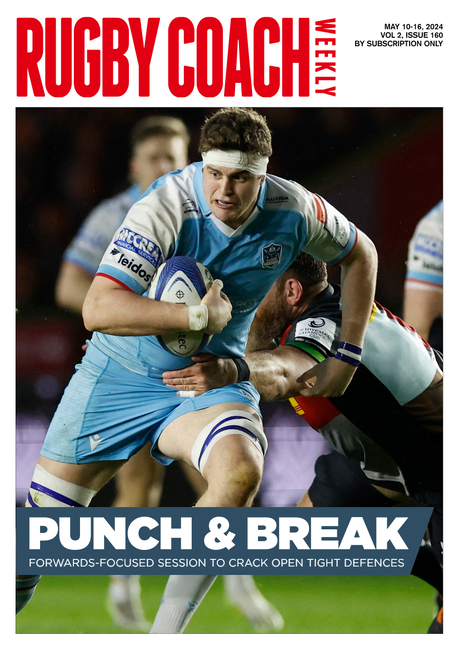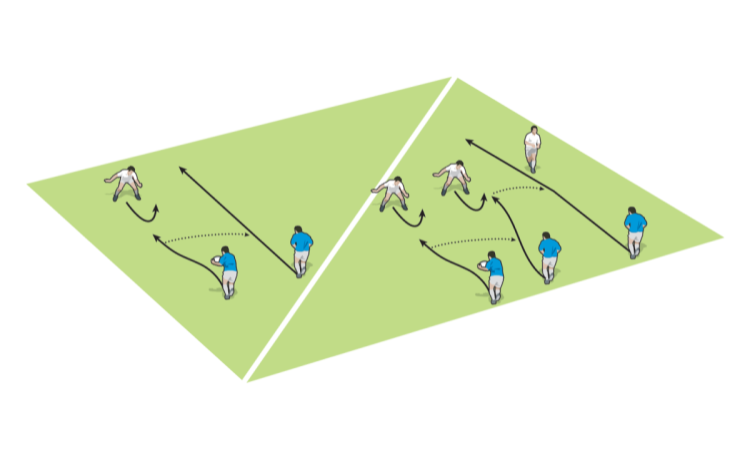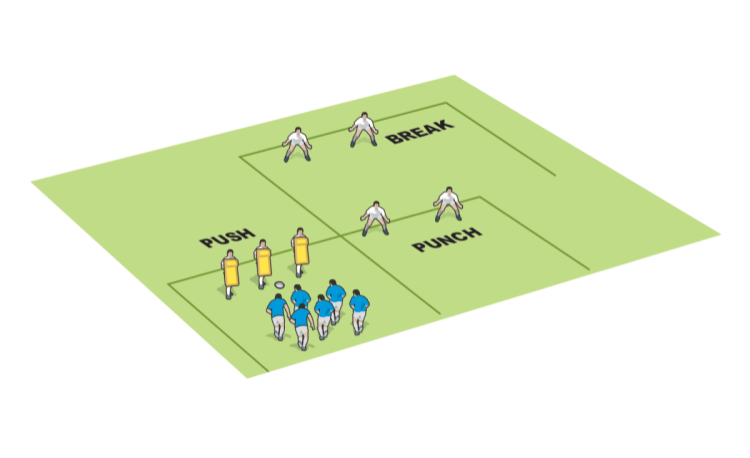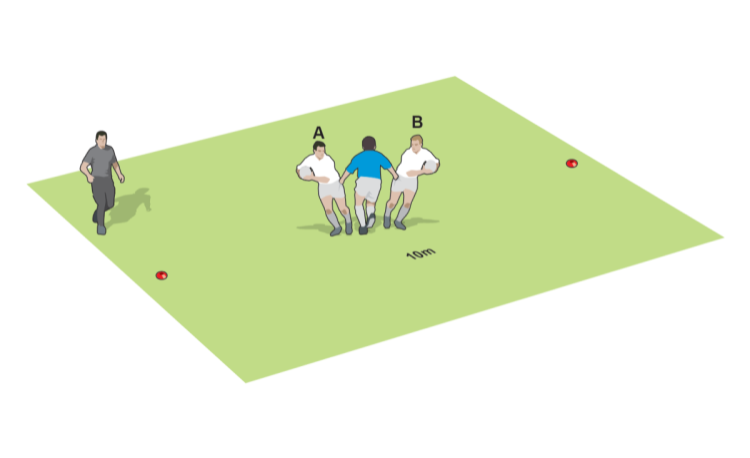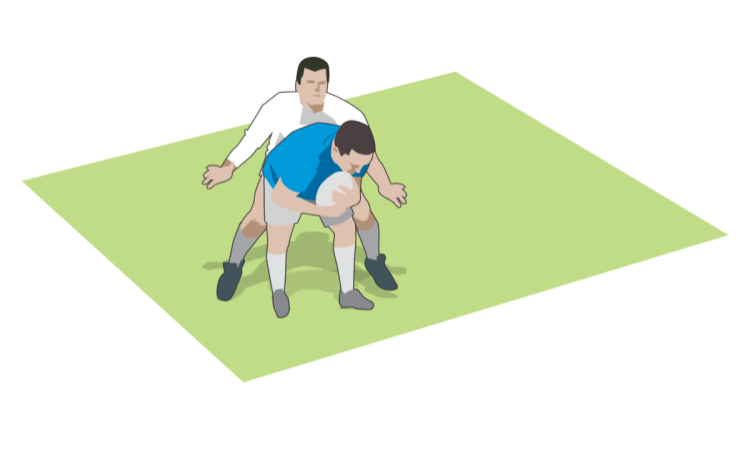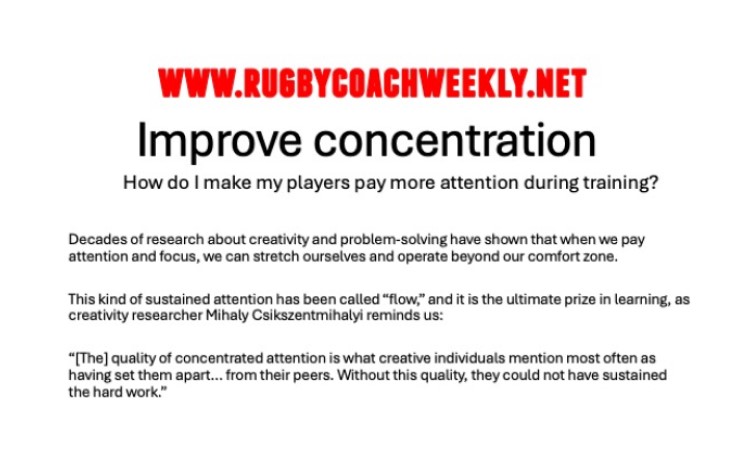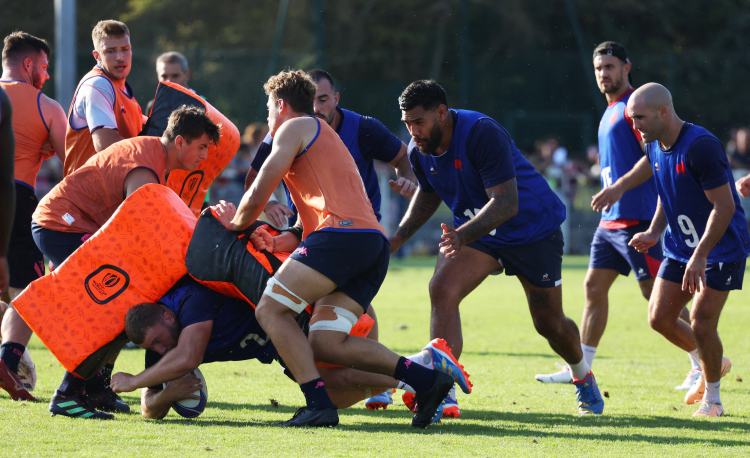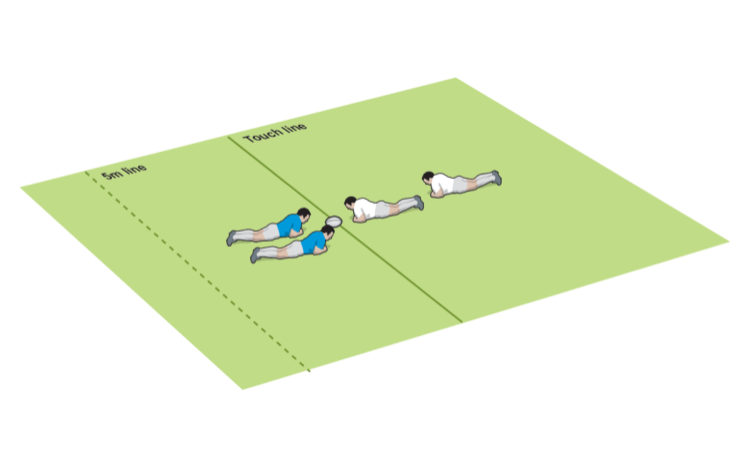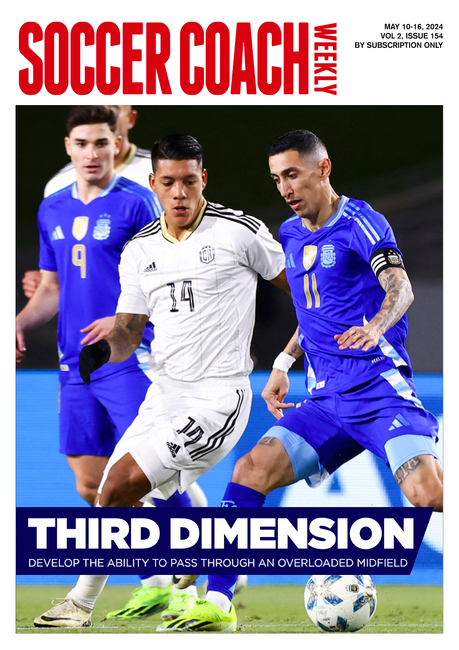You are viewing
1 of your 2 free articles
Rugby drill for jackknife control of the ball
Contactby Dan Cottrell
The jack knife technique is especially useful when the ball carrier has become isolated and is waiting for support. Because the referee can see the ball carrier is making a positive movement to keep the ball alive, it is likely that he (the ball carrier) will be able to control the ball for a few extra seconds on the ground.
The technique
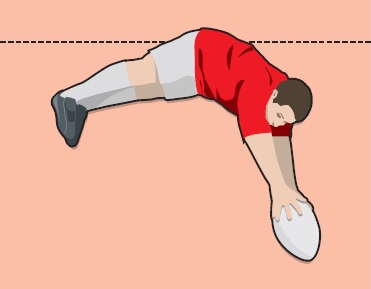
I find it helpful to get the players to think they are "pushing" the ball back towards their team. This can help them turn their bodies even more.
Jack knife drill
The technique
- The tackled player twists his upper body sharply, so it ends up at 90° to his legs.
- He reaches out his arms and places the ball back as far as he can. This gets the ball away from any defenders and back towards his own scrum half (9).
- The tackled player can keep a hand on the ball to stabilise it and stop any of his own team kicking it by accident.

I find it helpful to get the players to think they are "pushing" the ball back towards their team. This can help them turn their bodies even more.
Jack knife drill
- Without a ball, line up your players on the try line, spaced about three metres apart.
- Get them to jog out towards you, with their hands clasped together.
- When you shout "TACKLE" they have to fall to the ground, still clasping their hands and "jack-knifing" towards the try line.
Newsletter Sign Up
Coaches Testimonials

Gerald Kearney, Downtown Las Vegas Soccer Club

Paul Butler, Florida, USA

Rick Shields, Springboro, USA

Tony Green, Pierrefonds Titans, Quebec, Canada
Subscribe Today
Be a more effective, more successful rugby coach
In a recent survey 89% of subscribers said Rugby Coach Weekly makes them more confident, 91% said Rugby Coach Weekly makes them a more effective coach and 93% said Rugby Coach Weekly makes them more inspired.
Get Weekly Inspiration
All the latest techniques and approaches
Rugby Coach Weekly offers proven and easy to use rugby drills, coaching sessions, practice plans, small-sided games, warm-ups, training tips and advice.
We've been at the cutting edge of rugby coaching since we launched in 2005, creating resources for the grassroots youth coach, following best practice from around the world and insights from the professional game.
More from us
© 2023 Rugby Coach Weekly
Part of Green Star Media Ltd. Company number: 3008779
We use cookies so we can provide you with the best online experience. By continuing to browse this site you are agreeing to our use of cookies. Click on the banner to find out more.


